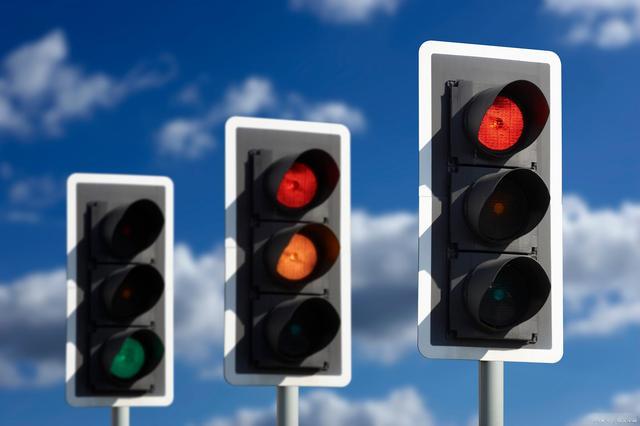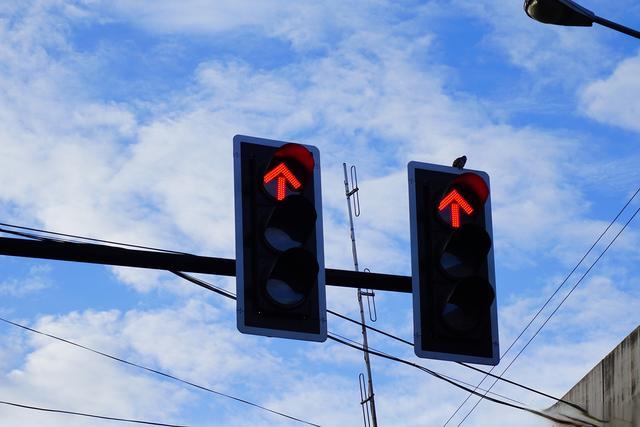Exploring the future traffic: how does AI navigation predict that the red light will turn green and let you pass the signal light first?

With the acceleration of urbanization and the popularity of automobiles, traffic congestion has become a problem in many cities. Because of the difference of traffic signal control mechanism, navigation software sometimes leads drivers to crowded sections, which slows down the travel speed and affects the road traffic flow. In recent years, more and more navigation software began to try to predict the change of traffic lights through intelligent technology, so that drivers can travel more efficiently. So, how does the navigation know that the red light is about to turn green? This involves black technology such as machine learning and Internet of Things technology, which will be introduced in detail below.
First, the traffic light control mechanism
Before introducing the change mechanism of navigation forecasting traffic lights, let’s first understand the principle of traffic light control. Signal light control mainly adopts timing control and induction control.
Timing control: the signal light changes according to the preset time, for example, the parking red light is on for 3 minutes and the green light is on for 1 minute. This method is mainly suitable for areas with small human flow, such as night or remote areas.
Induction control: the signal lamp responds to the traffic flow on the road through the induction equipment, and dynamically adjusts the time of light color change. For example, when it is detected that the traffic volume increases and there is accumulation at the same time, the signal lamp will adjust the color change time according to the situation to give priority to ensuring the smooth flow of traffic.

Second, how does navigation predict the change of signal lights?
Based on the different control mechanisms of traffic lights, navigation software can use different technologies to predict the changes of traffic lights.
1. Timing prediction
For the signal lamp with timing control, navigation can calculate the period and time of signal lamp change by recording historical data, and compare it with the current time, thus predicting the time of signal lamp change. This method is simple and reliable, and is suitable for areas with small human flow. However, because this method can’t consider external factors such as traffic flow changes on roads, the accuracy is low for urban areas with traffic congestion.
2. Sensor prediction
For traffic lights controlled by inductive devices, navigation software can obtain real-time traffic flow data through the Internet of Things technology, so as to predict the changes of traffic lights. This method needs to cooperate with the sensor equipment on the road, and establish a data model by collecting data such as traffic flow and speed, so as to accurately predict the changing time of traffic lights. For example, Google tried this method in its own map, and established a global traffic information database by collecting users’ location data and traffic condition data, thus providing real-time congestion information on a global scale.
3. Artificial intelligence prediction
In addition to sensor prediction, machine learning can also be applied to signal light change prediction. Navigation software can build a model to predict the change of traffic lights by collecting users’ position, speed and various data used for road features, such as historical traffic volume, rush hour travel time, weather, etc., and then using machine learning algorithms to analyze these data. Using artificial intelligence technology to predict traffic lights can predict the changing time of traffic lights more accurately, and at the same time, take road traffic conditions into consideration to enhance the stability and accuracy of prediction.

III. Summary of the article
With the continuous development of Internet of Things technology and artificial intelligence, the ability of navigation software to predict the change of traffic lights will become stronger and stronger. To sum up, navigation can predict the change of traffic lights by recording historical data, sensor prediction and artificial intelligence prediction. However, at present, the accuracy of navigation software to predict the change of traffic lights still needs to be improved, and more accurate data collection and more efficient algorithms are needed to strengthen the prediction model. The technology of predicting the change of traffic lights can better realize the intelligence of urban traffic and provide drivers with a more convenient and efficient travel experience.